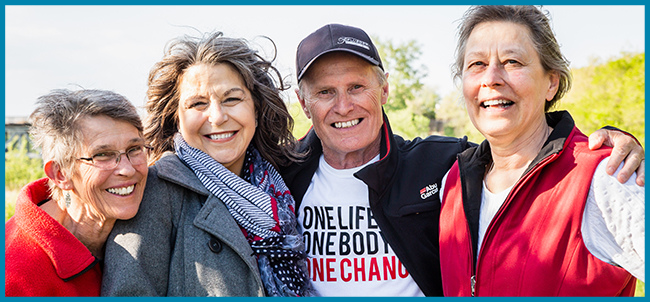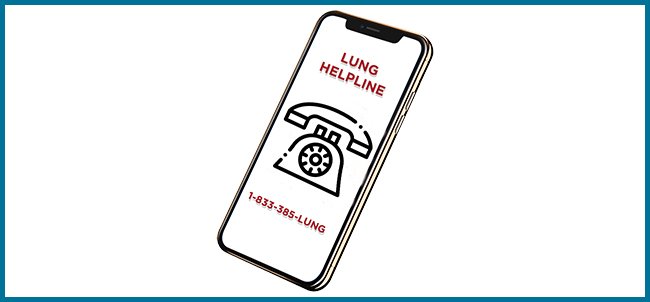Managing Breathlessness from Long COVID
It is common for people to feel breathless after having COVID-19. Breathlessness can happen for many different reasons. You may feel breathless most of the time, or only when walking or exercising. Being short of breath, can be scary and can make people feel anxious. However, there are things that can help manage breathlessness. Eating and sleeping well, easing anxiety, and slowly starting to be more active (See Long COVID Movement and Exercise for more information) can help manage your breathlessness.
What things may help relieve my shortness of breath?
- Eating healthy
- Enough sleep
- Using walking aids
- Using a small fan to circulate the air in front of your face
- Using proper body positioning
- Finding ways to ease anxiety
- Saving your energy (See Managing Fatigue and Long COVID for more information)
- Practicing breathing exercises
Good Positioning:
Positioning your body well can help reduce breathlessness. Poor posture can make it harder to breathe. Keeping your back straight is helpful.
Sitting:
- Place both feet on the ground.
- Lean head and shoulders forward slightly.
- Rest your arms on your knees.
- Keep your arms relaxed.
Standing:
- Lean your back against a wall, chair or counter.
- Place your feet slightly apart.
- Relax and lean your head and shoulders forward slightly.
- Rest your hands lightly on your thighs or a piece of furniture.
Resting using a solid object:
- Find a solid object that will not slide out from underneath you such as a chair.
- Rest your forearms on the back of chair.
- Lean head and shoulders slightly.
- Keep your arms and shoulders relaxed.
Easing Anxiety:
Feelings of stress can cause you to feel breathless. Here are some ideas for coping with anxiety.
- Think ahead and try to avoid things that cause you stress.
- Make plans for things you cannot avoid.
- If you start feeling anxious, sit down, relax and practice breathing exercises that help you.
- Talk to your friends and family about what makes you anxious. If they know, they may be able to help you.
- Try talking to your health care team about your anxiety.
- Be kind to yourself. Pace yourself. Some days will be better than others. Your progress will not be the same day to day. Try not to compare yourself to how you were yesterday, how you were before your illness, or to other people.
Breathing Exercises
Feeling short of breath can make you panic and breathe faster than normal. This can make your feel even more breathless. Here are some breathing exercises that can help you control your breathing.
Pursed-lip breathing: This type of breathing helps to let out stale air and slow down your breathing. As you practice, try to exhale (breathe out) twice as long as you inhale (breathe in).
- With your mouth closed, breathe in a normal amount of air through your nose.
- Purse your mouth as if you are whistling.
- Keeping your lips pursed, slowly blow the air out through your mouth.
Diaphragmatic breathing: The diaphragm is the main breathing muscle. If you know how to control this muscle well, it can help you with breathlessness.
- Relax your shoulders and sit comfortably in a chair.
- Place your hands lightly on your stomach.
- Breathe slowly through your nose. Your stomach should rise under your hands.
- Breathe out slowly through pursed lips. Your stomach should fall.
Breathe with the help of a rectangle: This exercise can help you control and slow your breathing.
- Find a relaxed position.
- Find an object you can see that is rectangular (E.g., TV, door, etc.)
- Slowly trace the sides of the rectangle with your eyes, as you breathe.
- Breathe in when you are tracing the short sides.
- Breathe out when you are tracing the long sides. (Try to make your breaths out, twice as long as your breaths in).
- Try pausing at the corners of the rectangle to help slow your breathing.
Other Helpful Resources
Watch these Videos:
- The Power of Breathing: Utilizing the BradCliff® Method
- Shortness of Breath and Long COVID, What have we Learned?





